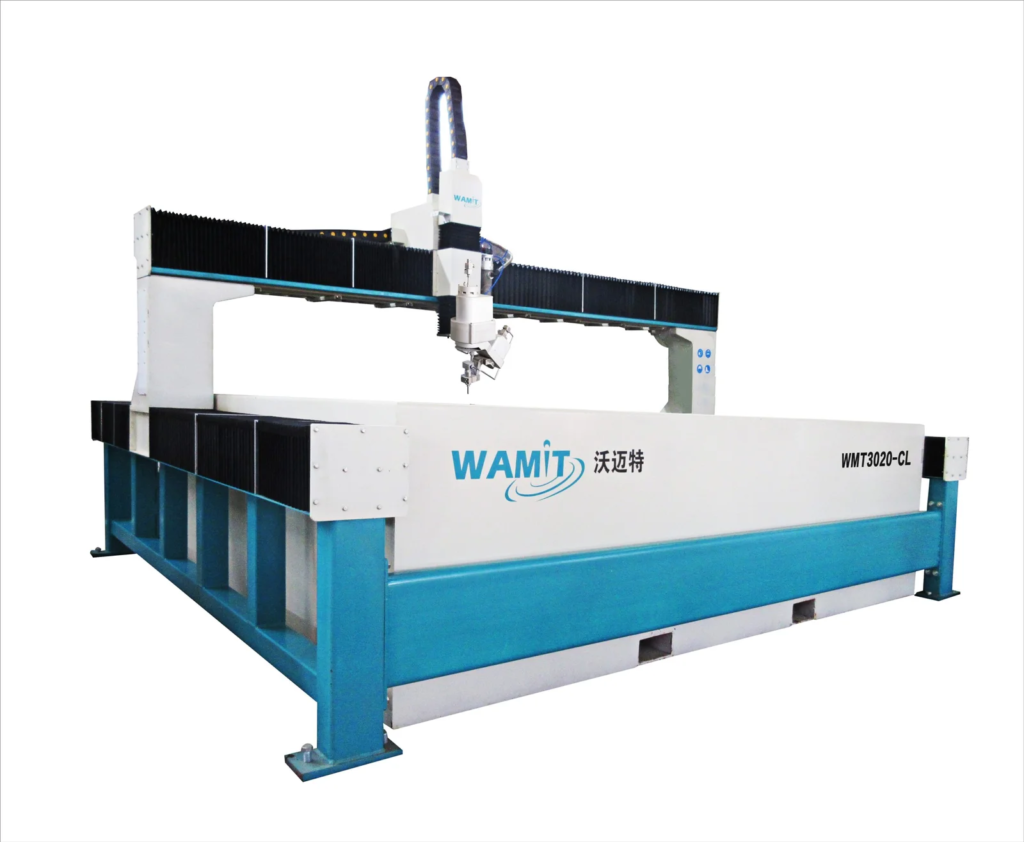
In today’s modern machine shop, selecting the right CNC equipment can be the difference between staying ahead of the curve or falling behind in precision and productivity. One of the biggest decisions shops face is choosing between a 3-axis and 5-axis CNC machine. Each has its strengths—and the right choice depends on your business goals, budget, and production needs.
In this article, we’ll break down the key differences, pros and cons, and ideal use cases to help you make an informed decision.
What Is a 3-Axis CNC Machine?
A 3-axis CNC machine operates along three linear axes—X, Y, and Z. The workpiece remains stationary while the cutting tool moves across these axes.
Best For:
- Basic milling and drilling operations
- Flat parts and components
- Shops just getting started with CNC
Pros:
- Lower cost and easier to operate
- Ideal for high-volume, simple parts
- Easy to program using standard G-code
Cons:
- Limited to one side of a part at a time
- Requires repositioning for complex geometry
What Is a 5-Axis CNC Machine?
A 5-axis CNC machine moves across the traditional 3 axes, plus two additional rotational axes (A and B). This allows for multi-sided machining in a single setup.
Best For:
- Aerospace, automotive, medical parts
- Complex geometries and tight tolerances
- High-value, low-volume production
Pros:
- Eliminates multiple setups and fixturing
- Greater accuracy and surface finish
- Cuts undercuts and compound curves with ease
Cons:
- Higher cost and steeper learning curve
- Requires advanced CAM software
Want to level up your precision game? Explore our 5-axis CNC machines, including the powerful WMT300 3020-CL Waterjet Cutter.
3-Axis vs. 5-Axis: At a Glance
| Feature | 3-Axis CNC | 5-Axis CNC |
|---|---|---|
| Motion Control | 3 linear axes | 3 linear + 2 rotary |
| Complex Part Machining | Limited | Excellent |
| Setup Time | Higher | Lower (single setup) |
| Cost | Lower | Higher |
| Learning Curve | Easier | Advanced |
How to Choose the Right Machine for Your Shop
When deciding between 3-axis and 5-axis machines, consider the following:
- Part Complexity: Are you machining simple brackets or intricate aerospace parts?
- Volume: High-volume jobs may favor 3-axis; custom prototyping leans toward 5-axis.
- Budget: While 5-axis machines are more expensive upfront, they reduce labor and tooling costs over time.
- Operator Skill Level: Does your team have the experience or willingness to learn multi-axis programming?
Modern Machine Shop Best Practices
According to Modern Machine Shop Magazine, leading shops are increasingly adopting 5-axis CNC machines not just for capability, but for their ability to consolidate workflows and increase spindle uptime.
Final Thoughts
Both 3-axis and 5-axis CNC machines have a place in the modern machine shop. While 3-axis offers simplicity and affordability, 5-axis brings next-level flexibility and efficiency. By understanding your production needs and long-term goals, you can make the right investment for your shop’s success.
Need help deciding? Contact our CNC experts for personalized recommendations.

